One of the darkest crimes in the history of the Iraqi state during the Ba’ath regime was the use of chemical weapons, which were prohibited in 1925 under the Geneva Conventions. The Geneva Protocol, also known as the Geneva Convention or Geneva Law, is a regulation prohibiting the use of suffocating, poisonous, or other gases and bacteriological warfare. This law was adopted on June 17, 1925, and came into effect on February 8, 1928, prohibiting the use of chemical weapons in any form. The Iraqi government joined the 1925 Geneva Protocol in 1931, with the caveat that it would not consider itself bound by the protocol if the opposing party first used chemical weapons. However, Iraq itself initiated the use of chemical weapons.
The Iraqi government has consistently disregarded international community decisions and has not adhered to any international principles, committing crimes against humanity without hesitation. Even senior officials of this regime have not denied the use of these weapons. They have considered the use of larger and more destructive weapons as legitimate. The Iraqi government began its research activities related to the development of chemical weapons in the early 1970s and operationalized them in 1982; they are capable of producing various types of chemical agents, including blister agents (mustard gas) and nerve agents (Tabun, Sarin, and VX gas). These were used during the war with Iran and against the Kurdish people from 1984 to 1988.
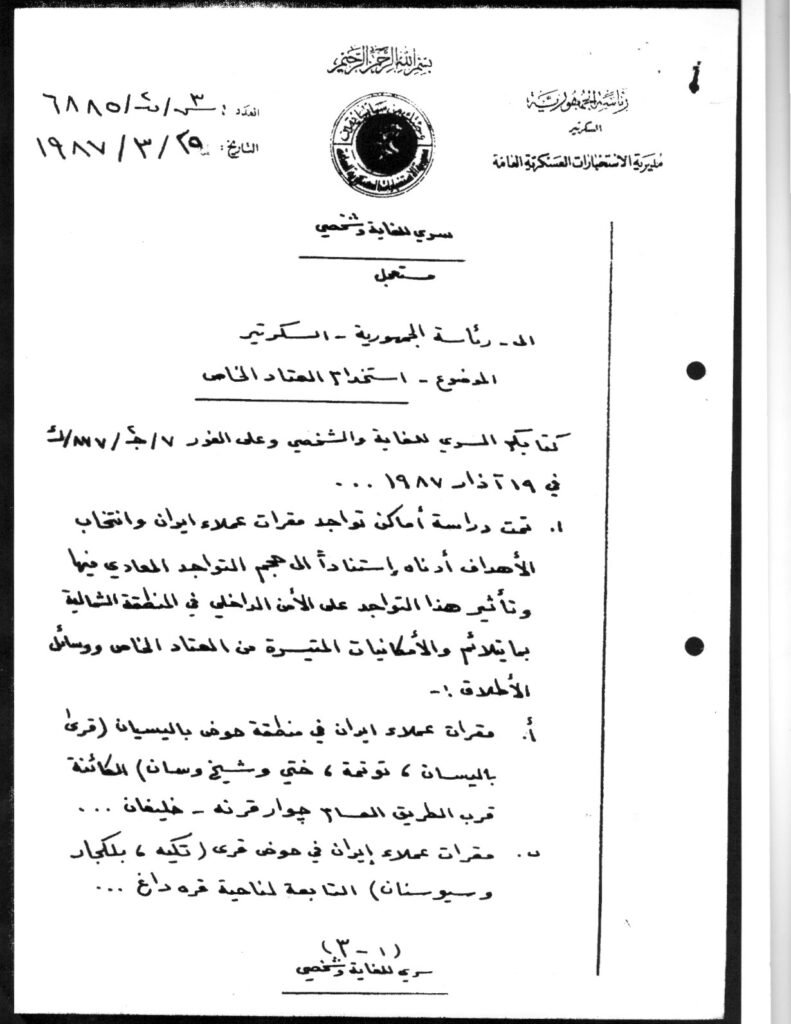
Numerous documents were issued during the Ba’ath regime in Iraq, discussing the genocide of the Kurdish people, including documents on chemical attacks in Kurdistan. Based on Ba’ath regime documents and witnesses of this crime, we aim to specify in detail the days, months, and years of chemical bombardments in Kurdish areas and locations.
However, due to the lack of recorded moments of chemical attacks, the exact number of victims is unfortunately not straightforward. Still, we have done our utmost to continue the follow-up. This requires effort and time. We will not give up until we have a comprehensive database. The Ba’ath regime, as previously mentioned, had ordered the use of chemical weapons against the Kurdish people under the highest command at the time, Saddam Hussein, and had given the green light to its armed forces in the war with Iran. The Kurdish people bore a significant share of the chemical attacks in 1988.
In a book titled “Critique and Research of the Iran-Iraq War” after the Second Gulf War, a study was conducted by experts and researchers in Iraq and a report was presented to the United Nations, citing 207 international companies from America, Russia, and Argentina for arming Iraq, including (Germany, Spain, Italy, Britain, Brazil, Belgium, Jersey, France, Japan, India, Netherlands, Monaco, Egypt, Poland, Sweden, Switzerland, and Greece).
Rolf Ekeus, the former head of UN inspectors in Iraq, also stated that the Security Council in 1993 had asked UN inspectors and the International Atomic Energy Agency not to disclose the identities of these companies. 90% were European and American, while 10% were from other countries. As one of the most critical pieces of evidence confirming Western companies’ cooperation with Iraq’s chemical weapons program, the trial of Frans van Anraat in the Netherlands in 2004 can be mentioned. The court found the crimes attributed to him (including complicity in war crimes and complicity in genocide) proven due to the sale of several thousand tons of raw materials for the production of mustard and nerve gases by van Anraat to Iraq in the 1980s.
Furthermore, the United Nations Security Council, citing these reports and others, expressed deep concern about the findings of expert commissions regarding Iraq’s use of chemical weapons and strongly condemned this act by issuing Resolution 612 (dated May 9, 1988) and Resolution 620 (dated August 26, 1988)
Data and Information on Chemical Attacks on the Kurdistan Regions – 1987
On April 15, 1987, the villages of Haldan, Chalawa, Kani Tou, Sargalu, Bergalu, Awaji, Sarwan, Nolcheka, Chenarne, and Shakh-e Goojar in Sulaymaniyah Province were bombed, resulting in dozens of civilian and Peshmerga casualties.
On July 7, 1987, the villages of Balisan, Sheikh Wasanan, Kani Bard, the Dara Shira mountain range, Zaineh Balalokaawa, and the Sawsyookan area were bombed by eight fighter jets. The number of casualties was 435, with 346 injured who went missing while being transported to the Erbil emergency hospital. Only 25 of them were found in a mass grave at the Erbil Asphalt Factory Cemetery on September 18, 1991, and the survivors of this chemical attack continue to suffer from their injuries.
On April 17, 1987, the villages of Qizlar, Birkeh, Sangar, and Mulaka in Sulaymaniyah Province were bombed. Several people were injured.
On April 18, 1987, due to chemical attacks on the mountains and villages of Qiwan, Korng, Khajelarzouk, Qawal, Qalajakh, Chokhmakh, and Kolardi in Sulaymaniyah Province, 50 people were injured.
On April 19, 1987, the villages of Mawat Qiwan and Piremagroon in Sulaymaniyah Province were bombed. Dozens were exposed to chemical weapons and injured.
On April 20, 1987, the same areas were bombed, resulting in dozens more deaths.
On April 21, 1987, the Qaradagh area and its surrounding villages in Sulaymaniyah Province were bombed with chemical weapons, injuring several Peshmerga.
On April 21, 1987, the Balesan Valley in Erbil Province was bombed again.
On May 1, 1987, the village of Ziwa in Dohuk Province was bombed, resulting in the martyrdom of several Peshmerga.
On May 22, 1987, the villages of Melkan, Gura Shir, Kandok, Bale, and Bardoun in Erbil Province were subjected to chemical bombings.
11. On May 22, 1987, the villages of Tomar, Gergan, and Qamar in Kirkuk Province were subjected to chemical bombings.
On May 27, 1987, the villages of Melkan, Bala Khwaru, Bala Saru, Tarineh, Kandok, Gura Shir, Nazanin, and the Samaquli Valley in Erbil Province were bombed, resulting in 8 deaths and 23 injuries. On that day, fighter jets carried out 20 chemical attacks.
On May 6, 1987, villages in the Amedi district of Dohuk Province were bombed, resulting in one death and 100 injuries.
On September 18, 1987, in Sulaymaniyah Province, the village of Ziwa in the foothills of Piramagroon Mountain was chemically attacked, injuring 35 people.
On June 30, 1987, the villages of Bergalu and Yekhsmar in Sulaymaniyah Province were subjected to chemical bombings, resulting in 4 Peshmerga martyrs and several others injured.
On September 14, 1987, a chemical bombing occurred in the Mirgapan area of Sulaymaniyah Province.
Chemical Attacks in Eastern Kurdistan (Iran)
On September 19, 1987, the Ba’ath regime of East Kurdistan (Iran) carried out a chemical attack on the city of Sardasht, where the Iraqi Ba’ath regime’s air force used chemical weapons against the residents. In this atrocity, 110 people were killed, later increasing to 130, and 8,025 were injured, many of whom continue to suffer from their injuries. The effects of this attack are visible in the region’s population.
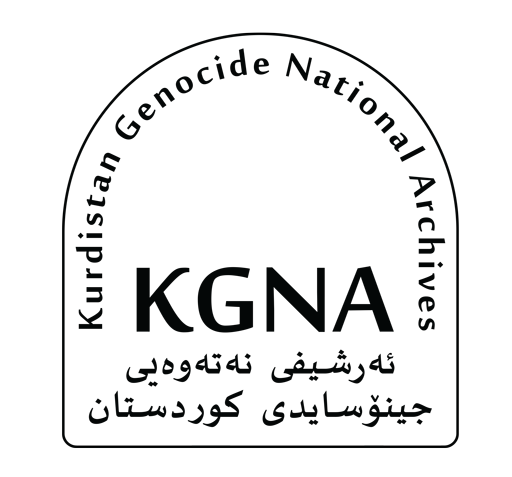

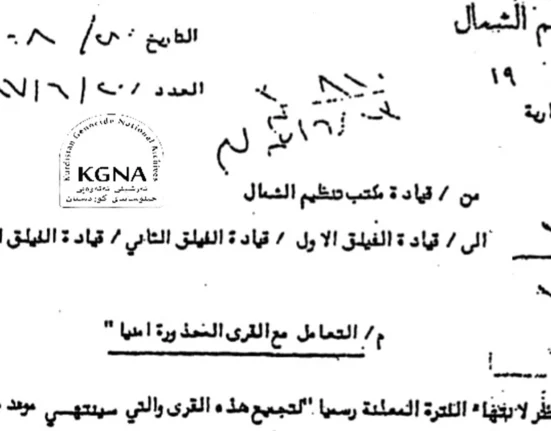

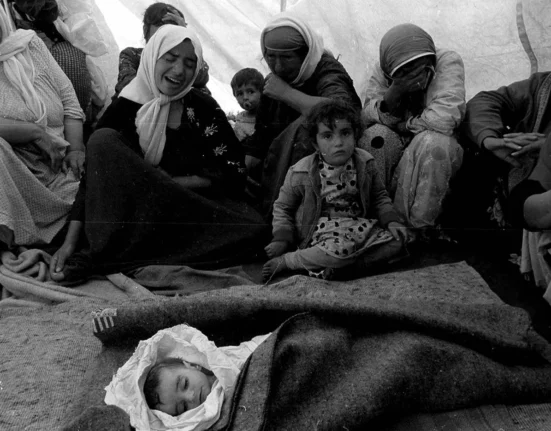

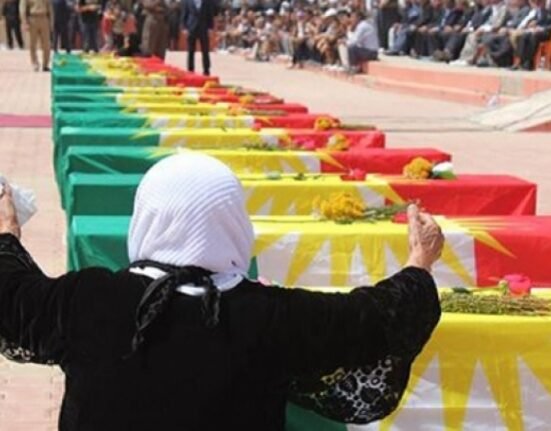
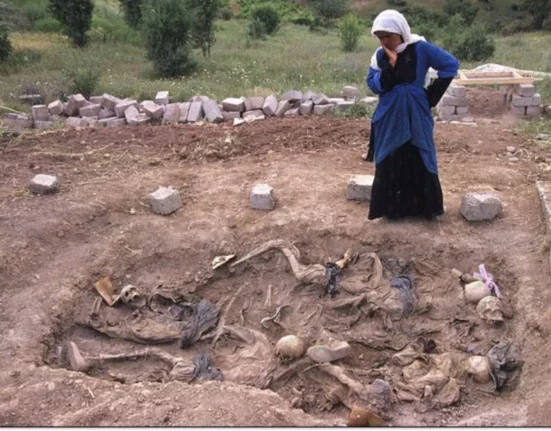
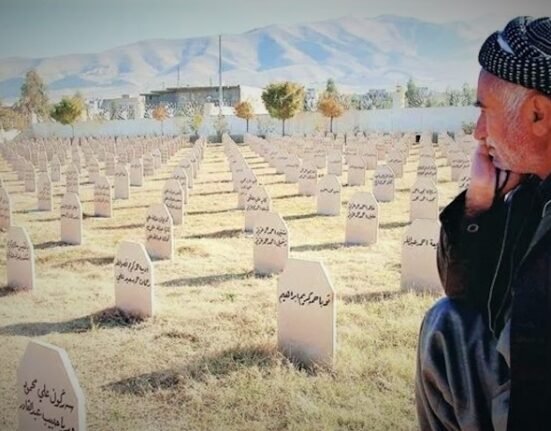

Leave feedback about this